Scrobipalpa ocellatella
(Boyd, 1858)
-
 Subfamily: Gelechiinae, Gnorimoschemini
Subfamily: Gelechiinae, Gnorimoschemini -
 Wingspan: 10-12 mm
Wingspan: 10-12 mm -
 Flight period: Apr - Oct
Flight period: Apr - Oct -
 Spread: Common
Spread: Common -
 Host plants: Chenopodiaceae
Host plants: Chenopodiaceae
Information
The Scrobipalpa ocellatella also called Beet Moth is a moth of the Gelechiidae family, with a wingspan of 10-12 mm.
In Europe it is absent from the Scandinavian Peninsula, the Baltic countries and Poland.
In Italy it is present also in the Islands. *
The front wings of the Scrobipalpa ocellatella have an ocher background color with an intense dark gray dusting. Three points of black brown color
with a slight clear border, one is visible in the discal region in the anal area, another in the discal region in the cubital area and the last in the post-discal region in the cubital area
the trapezoidal-shaped hind wings are light gray, with an elongated appendage at the apex, strongly fringed in ocher.
The curved palps are of the background color of the front wings, interspersed with small dark bands, also the head and thorax are in the background color of the wings,
the abdomen has a lighter color. **
The Scrobipalpa ocellatella is trivoltina the first flights are observed at the end of April. Development ceases below 10 ° C.
It winters at the caterpillar or chrysalis stage in the beet collar, on the ground or in silos.
Crepuscular moth. Mating and deposition only take place at a temperature above 11 ° C.
Longevity varies from 25 to 30 days. The average fecundity ranges from 40 to 70 eggs. They are laid in groups of 1 to 6 on the leaves.
The eggs are oval, 0.5 mm long, mother-of-pearl white. ***
From the hatching of the egg, the larva moves towards the young leaves in the center of the plant where it digs irregular tunnels.
It also penetrates the petioles and the collar, on which it digs galleries from 1 to 3 cm deep covered with a silky texture.
Once its growth is complete, the caterpillar crosses itself into dry hiding places: leaves, grasses, stone cavities, and air ducts.
The appearance of the young caterpillar is greenish white, the dorsal face is a darker green.
At the end of the growth it measures 10 to 12 mm. The dorsal face becomes pink and has 2 or 3 longitudinal pink lines.
The larvae feed on Chenopodiaceae such as Beta maritima (Sea Chard), Beta vulgaris (Beet) Chenopodium, Salicornia europaea and Suaeda maritima.
* Lepidoptera mundi https://lepidoptera.eu/ - Fauna Europea https://fauna-eu.org/
** Bestimmungshilfe für die in Europa nachgewiesenen Schmetterlingsarten - http://lepiforum.de/
*** http://shop.agrimag.it/fitopatologie?id_fito=413

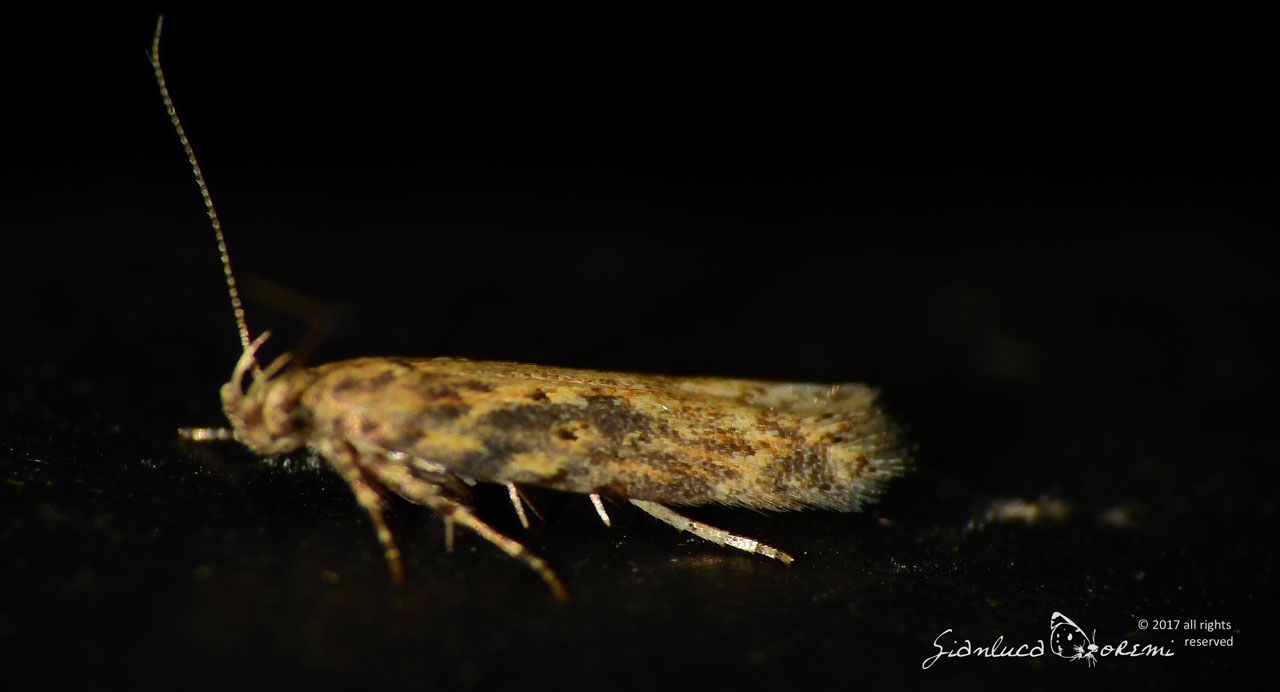
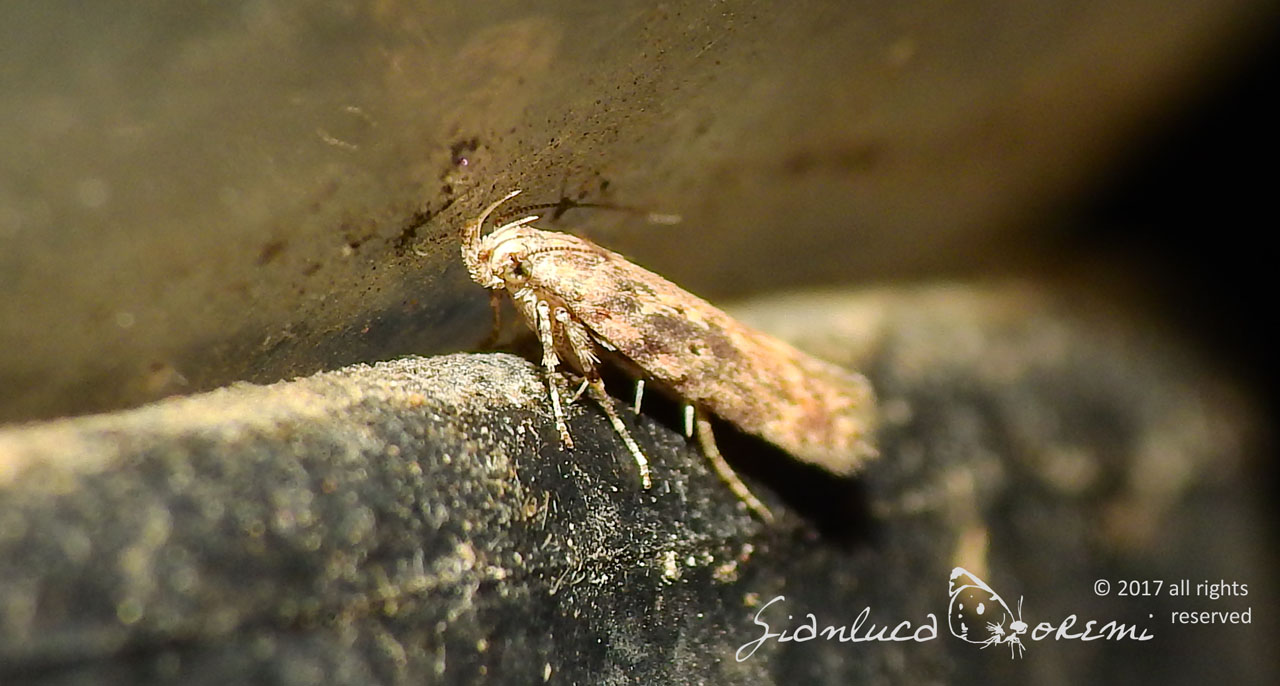
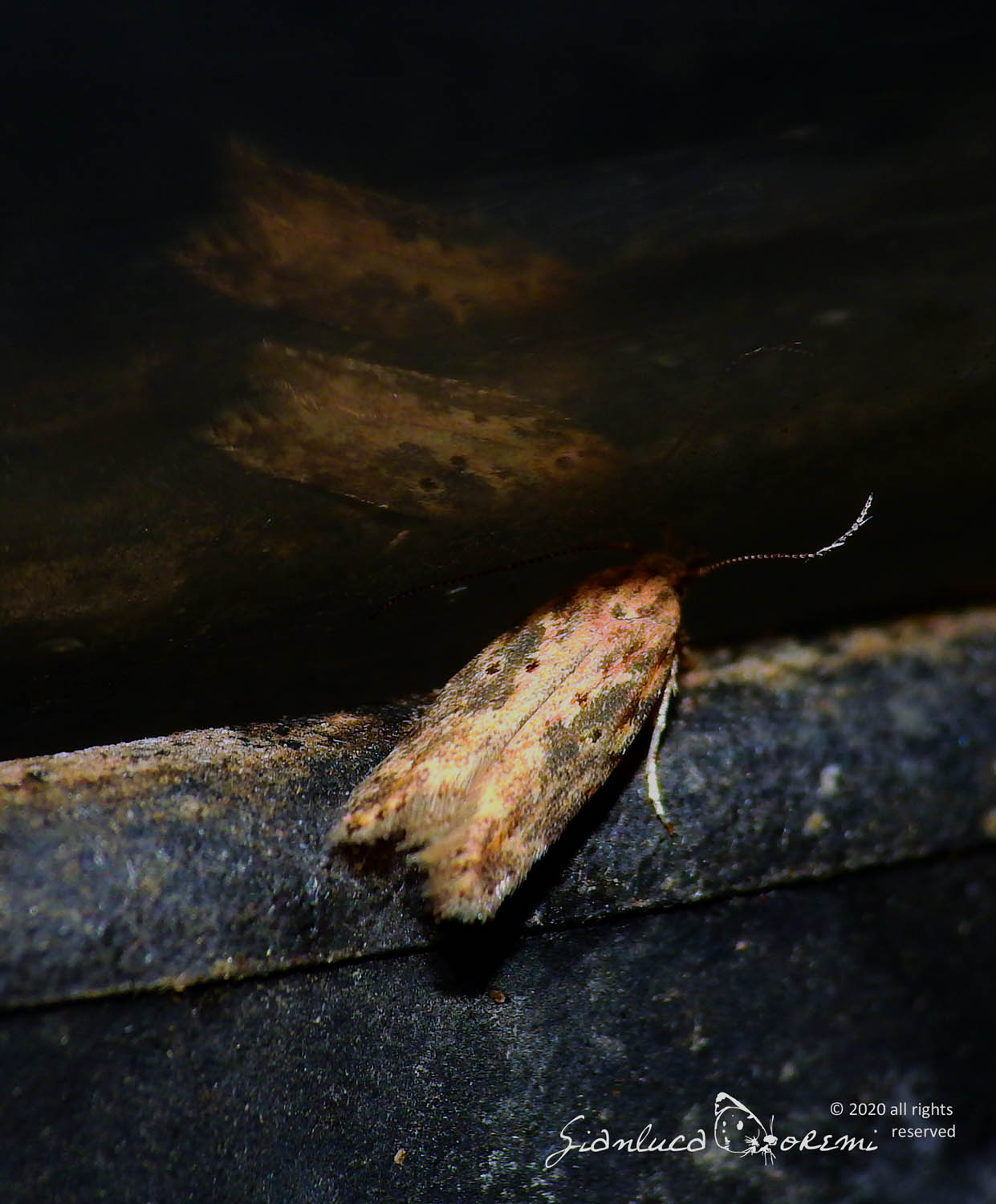
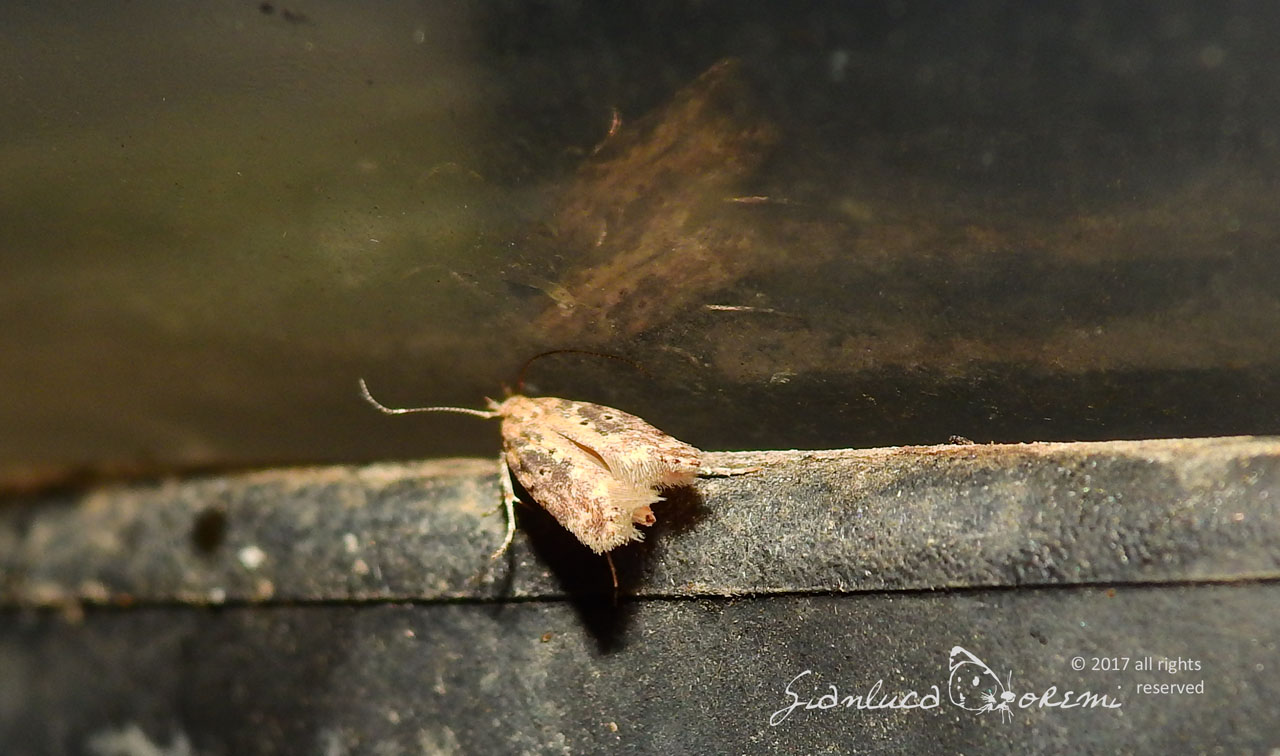
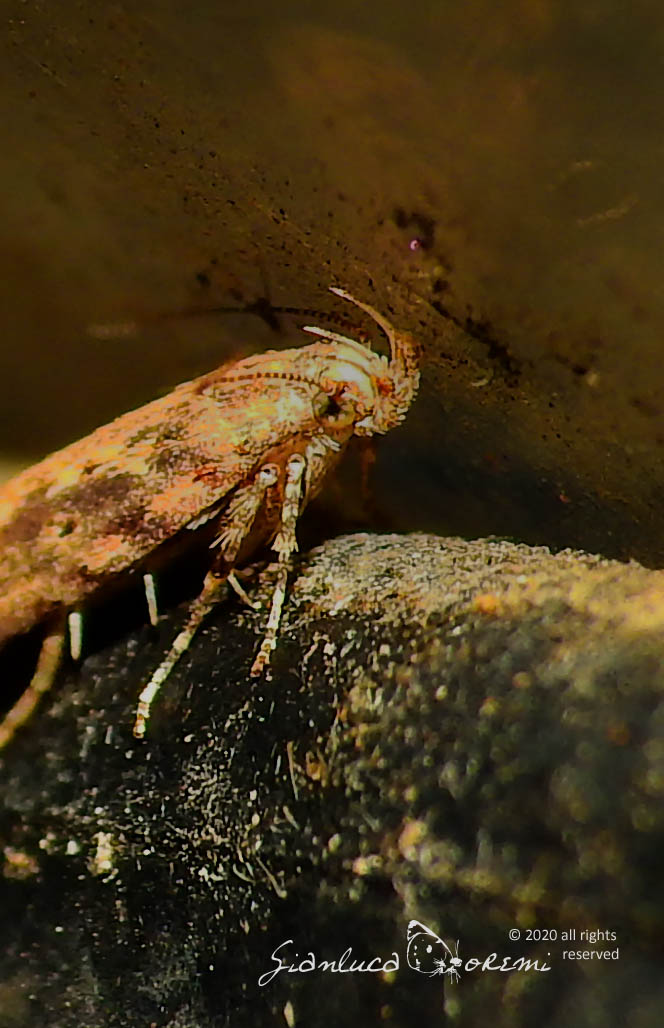

 EN
EN ITA
ITA
Social and publications